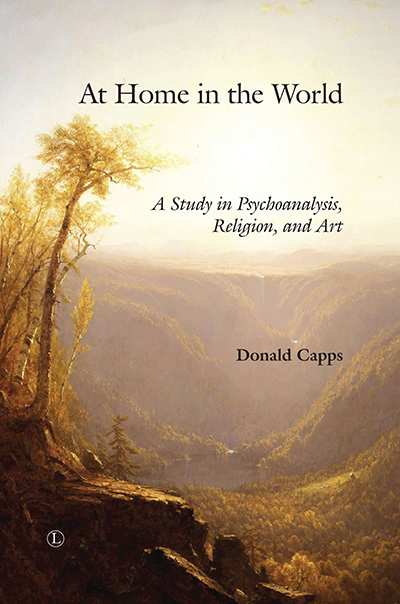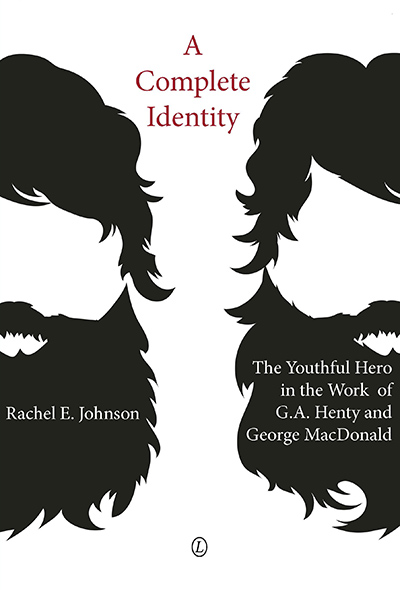Description
The emotional separation of boys from their mothers in early childhood enables them to connect with their fathers and their fathers’ world. But this separation also produces a melancholic reaction of sadness and sense of loss. Certain religious sensibilities develop out of this melancholic reaction, including a sense of honour, a sense of hope, and a sense of humour. Realizing that they cannot return to their original maternal environment, men, whether knowingly or not, embark on a lifelong search for a sense of being at home in the world.
At Home in the World focuses on works of art as a means to explore the formation and continuing expression of men’s melancholy selves and their religious sensibilities. These explorations include such topics as male viewers’ mixed feelings toward the maternal figure, physical settings that offer alternatives to the maternal environment, and the maternal resonances of the world of nature. By presenting images of the natural world as the locus of peace and contentment, At Home in the World especially reflects on the religious sensibility of hope.
About the Author
Donald Capps is William Harte Felmeth Professor of Pastoral Theology (Emeritus) and Adjunct Professor at Princeton Theological Seminary. He is the author of Still Growing: The Creative Self in Older Adulthood (The Lutterworth Press, 2015) and The Resourceful Self: And a Child Lead Them (The Lutterworth Press, 2015). His other books include Striking Out: The Religious Journey of Teenage Boys (2011), Understanding Psychosis (2010) and Living in Limbo: Life in the Midst of Uncertainty (with Nathan Carlin, 2010).
Contents
List of Illustrations
Acknowledgments
Introduction
Part One: The Melancholy Self
1. Da Vinci’s Mona Lisa: Maternal Icon
2. Da Vinci’s Mona Lisa: The Iconoclastic Backlash
3. Whistler’s Mother: Object of Reverence
4. Whistler’s Mother: Irreverent Reprisals
5. Rockwell’s Shuffleton’s Barbershop: On the Outside Looking In
Part Two: The Maternal World
6. Gifford’s Kauterskill Clove: The Mother Outdoors
7. Inness’s Sunrise: The Anonymous Figure
8. Grandma Moses’s Little Boy Blue: The Watchful Mother
9. Irving’s Rip Van Winkle: Imitating Nature’s Repose
Bibliography
Index
Endorsements and Reviews
Blending art, historical, and gender sensibilities with psycho-biographic explorations, Capps invites his readers to be attentive to the subtle display of male loss and longings in iconic works of art. The joy of discovery is in no small manner a result of his eloquent writing style, which proceeds at a contemplative pace while imbued with the sharpness of psychoanalytic insight.
Bjorn Krondorfer, Endowed Professor of Religious Studies, Northern Arizona University
With nimble reflections that draw on wide-ranging contributions from psychology, religion, and art, Capps helps men, and those who live and work with them, understand their longing to be ‘at home in the world’, and he encourages them to cultivate and embrace that longing with greater courage and even joy. A stunning work!
Allan Hugh Cole Jr, Professor of Pastoral Care, Austin Presbyterian Theological Seminary
Without feigning to give the final word on any of his chosen works of art, these careful and studied reflections by Capps are a means of developing a healthy, restorative vision of the melancholy self, and both undergraduate and graduate researchers will find the monograph both accessible to their abilities and quite applicable to the interests of pastoral theology.
Taylor Worley, in Theological Book Review, Vol 26, No 1
… this book does offer an intriguing foray into the dynamic dialogue which emerges from psychoanalysis, religion and art.
Jessica Bratt, in Scottish Journal of Theology, Vol 69, Issue 02






